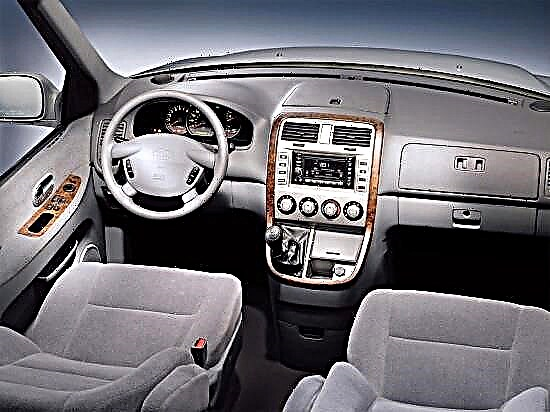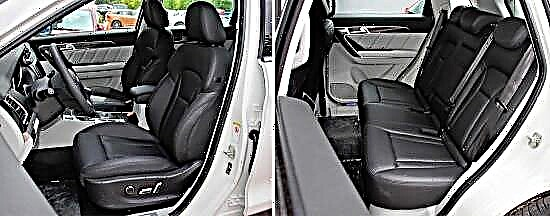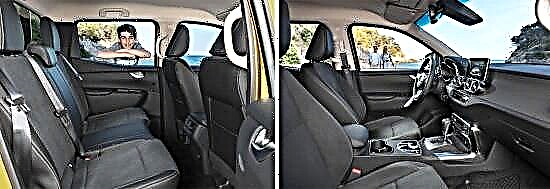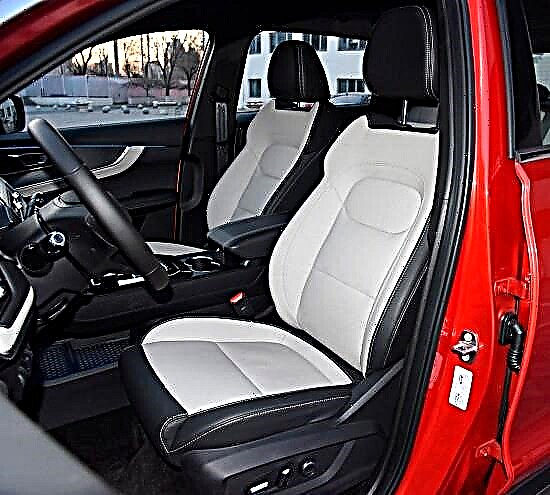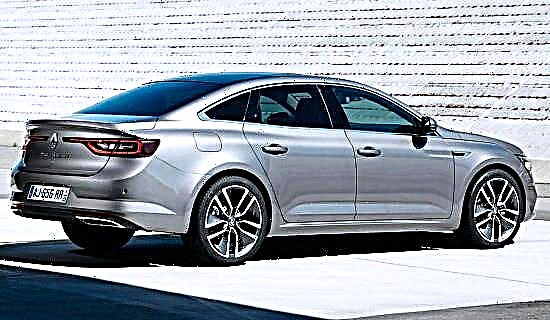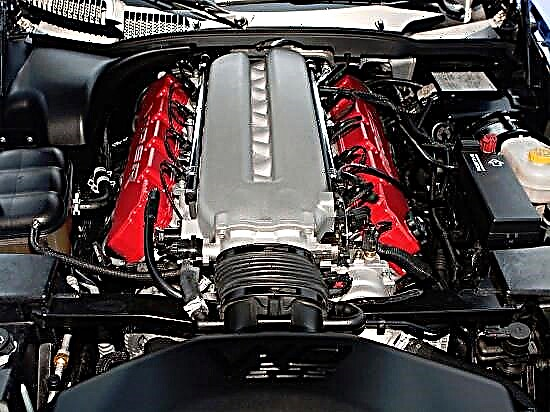The third generation of the Dodge Viper in the roadster body, which was created with the participation of the Daimler concern, debuted in January 2002 at the international exhibition in Detroit, and two years later the coupe premiered at the same place (both body solutions were designated SRT-10). The car was developed by the Street & Racing Technology division, and therefore received the SRT prefix to the name.
In 2007, the production of the American supercar ended in connection with the appearance of the fourth incarnation of the two-door.

The "third" Dodge Viper was offered in several body modifications - a roadster with a cloth roof and a two-door coupe.

The overall length of the supercar, depending on the solution, is 4459-4460 mm, width - 1911-2154 mm, height - 1209-1210 mm.

It has a gap of 2,510 mm between the front and rear wheels, and under the bottom there is a 130 mm ground clearance.
The marching weight of the "American" slightly exceeds 1.5 tons - 1530 kg.
Specifications. The third generation Viper was driven by a powerful gasoline engine. The car was equipped with an atmospheric V-shaped "ten" of 8.3 liters with an aluminum block of cylinders and a distributed fuel supply, producing 510 "horses" at 5600 rpm and 725 Nm of maximum torque, realized at 4200 rpm.

In the arsenal of transmissions - uncontested 6-speed "mechanics", which transmitted all the traction to the wheels of the rear axle.
The "third" Dodge Viper "fired" from standstill to 100 km / h after 4 seconds and accelerated to a maximum of 305-310 km / h, and its average fuel consumption in the combined cycle totaled from 15.7 to 19.7 liters per 100 km / h. depending on the modification.
Structurally, "Viper" is a typical racing car: a frame-panel base with hinged elements made of composite materials, a front-engine layout and a rear-wheel drive transmission.
The suspension on the "American" is independent both front and rear - in both cases, double wishbones, coil springs and anti-roll bars are used.
The rack-and-pinion steering gear is aggregated with a hydraulic steering booster, and each of the wheels accommodates ventilated discs of brakes with a diameter of 355 mm with ABS technology.
The positive qualities of the supercar are aggressive appearance, powerful unit, "hurricane" dynamics, low prevalence in Russia and driving performance.
Negative points - "furious" suspension, large turning radius, poor sound insulation and a huge fuel "appetite".
Prices. At the end of 2015, on the Russian market for used third-generation Viper cars, you can buy at a price of 3,000,000 ~ 3,500,000 rubles (although more expensive options are available).

